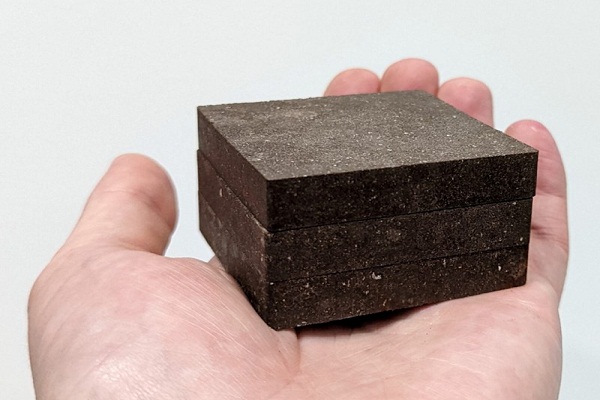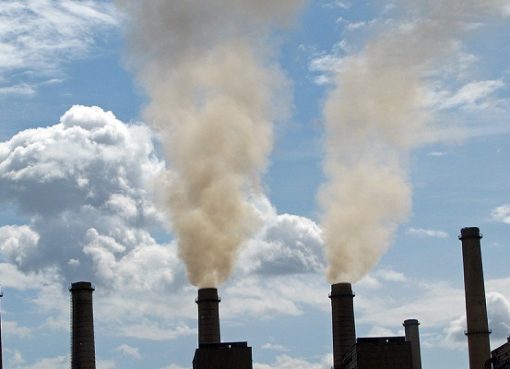Scientists at the University of Manchester have created a new material, dubbed ‘StarCrete’, made from extra-terrestrial dust, potato starch and a pinch of salt, which could be used to build homes on the Moon and Mars.
Building infrastructure in space is currently prohibitively expensive and difficult to achieve. Future space construction will need to rely on simple materials that are easily available to astronauts: StarCrete offers one possible solution.
The research team demonstrated that ordinary potato starch can act as a binder when mixed with simulated Mars dust to produce a concrete-like material. When tested, StarCrete had a compressive strength of 72 megapascals (MPa), which is over twice as strong as the 32MPa seen in ordinary concrete. Starcrete made from Moon dust was even stronger at over 91MPa.
This latest work improves on previous work from the same team where they used astronauts’ blood and urine as a binding agent. While the resulting material from that approach, dubbed AstroCrete, had a compressive strength of around 40MPa – again, superior to normal concrete – the process had the drawback of requiring blood on a regular basis. When operating in an environment as hostile as space, this option was seen as less feasible than using potato starch.
“Since we will be producing starch as food for astronauts, it made sense to look at that as a binding agent rather than human blood,” said Dr Aled Roberts, a research fellow at the Future Biomanufacturing Research Hub, and lead researcher for this project.
“Also, current building technologies still need many years of development and require considerable energy and additional heavy processing equipment, which all adds cost and complexity to a mission. StarCrete doesn’t need any of this and so it simplifies the mission and makes it cheaper and more feasible.

The team has calculated that a sack (25kg) of dehydrated potatoes (crisps) contain enough starch to produce almost half a tonne of StarCrete, equivalent to over 213 bricks’ worth of material. For comparison, a standard three-bedroom house on Earth requires approximately 7,500 bricks to build.
Additionally, the team discovered that a common salt – magnesium chloride – obtainable from the Martian surface or from the tears of astronauts significantly improved the strength of StarCrete.
The next stages of this project are to translate StarCrete from the lab to application. Dr Roberts and his team have launched a start-up company, DeakinBio, which is exploring ways to improve StarCrete so that it could also be used in terrestrial settings.
If used on Earth, StarCrete could offer a greener alternative to traditional concrete. Cement and concrete account for around 8 per cent of global CO2 emissions, as the process by which they are made demands very high firing temperatures requiring huge amounts of energy. StarCrete, on the other hand, can be made in an ordinary oven or microwave at normal ‘home baking’ temperatures, therefore offering reduced energy costs for production.
The research paper, ‘StarCrete: A starch-based biocomposite for off-world construction’, has been published in the journal Open Engineering.
In related research, in 2020 a team of researchers from Norway, Spain, the Netherlands and Italy, in cooperation with the European Space Agency (ESA), similarly found that the urea in urine could be used as a plasticiser in the construction of concrete structures, opening up the possibility for future Moon bases to be built less expensively by using the urine of the astronauts who stay there.
Source: E&T










